Part 1: Direct Current (DC) Charging with Tesla Chargers
Tesla's charging infrastructure is renowned for its innovation and efficiency, utilizing a proprietary connector that differs from standard EV connectors. Tesla Supercharger stations primarily cater to Tesla vehicles, employing a unique Tesla connector for high-speed direct current (DC) charging.
However, non-Tesla electric vehicle owners can now access select Tesla Supercharger stations in the US. In February, Tesla announced the installation of adapters at certain stations, allowing drivers of other EV brands to utilize these charging facilities. Successful usage of these adapters has been reported in states such as California, Texas, and New York.
To enable DC charging at Tesla Supercharger stations, non-Tesla EV owners can utilize adapters such as the EVDANCE CCS1. This adapter converts Tesla connectors to commonly used DC fast charging connectors like CCS (Combined Charging System) or CHAdeMO, providing compatibility with a wide range of electric vehicles.
Part 2: Alternating Current (AC) Charging with Tesla Destination Chargers
Apart from high-speed DC charging, Tesla also offers destination chargers that provide slower but convenient alternating current (AC) charging options. These chargers are commonly found at hotels, restaurants, and other public locations, allowing EV owners to top up their vehicles during extended stays.
For non-Tesla EV owners looking to use Tesla destination chargers, the EVDANCE Tesla to J1772 Adapter is essential. This adapter enables compatibility between Tesla destination chargers, which use the Tesla connector, and electric vehicles equipped with the standard J1772 connector.
By using the EVDANCE Tesla to J1772 Adapter, non-Tesla EV owners can conveniently access Tesla destination chargers, expanding their charging options and enhancing flexibility while on the road.
It's important to note that while Tesla's charging network is becoming more accessible to non-Tesla vehicles, compatibility and availability may vary depending on the specific location and charging station. Checking for adapter compatibility and verifying station accessibility beforehand is recommended to ensure a smooth charging experience.
In conclusion, non-Tesla electric vehicle owners can now take advantage of Tesla's charging infrastructure by using appropriate adapters for both direct current (DC) charging at Tesla Supercharger stations and alternating current (AC) charging at Tesla destination chargers. Adapters like the EVDANCE CSS1 and the EVDANCE Tesla to J1772 Adapter facilitate connectivity, enabling non-Tesla EV owners to access Tesla chargers and expand their charging options. As the electric vehicle landscape continues to evolve, understanding adapter options and adhering to safety regulations will help non-Tesla EV owners make informed decisions when utilizing Tesla charging facilities.
Part 3: Choosing the Right Adapter
Selecting the ideal adapter involves evaluating several critical factors. Compatibility of connectors is paramount; ensuring the adapter fits both the Tesla charging station and the non-Tesla vehicle's port is essential. Charging speed also varies; while fast adapters optimize speed, slower adapters may suit specific charging needs.
Quality of manufacturing plays a significant role in adapter efficiency and safety. Choosing reputable brands or officially supported adapters minimizes the risk of malfunctions or potential hazards. Price consideration is also vital; while quality often comes at a higher cost, balancing quality and affordability is prudent.
Additionally, adapter compatibility with various charging stations enhances flexibility. Some adapters may be versatile, allowing usage across different types of Tesla chargers or other public charging networks.
Additional Considerations: Safety and Regulations
Ensuring safety during the charging process is paramount. Adapters must meet safety standards and regulations to prevent potential hazards or damage to vehicles. Comprehending local regulations regarding adapter usage and compatibility also aids in a seamless charging experience.
Conclusion: Making Informed Decisions
In a rapidly evolving electric vehicle landscape, leveraging Tesla's charging infrastructure for non-Tesla vehicles requires careful consideration and the right adapters. Understanding the differences between fast and slow charging, evaluating adapter compatibility, quality, pricing, and adhering to safety standards are crucial steps in optimizing the charging experience for all EV owners.





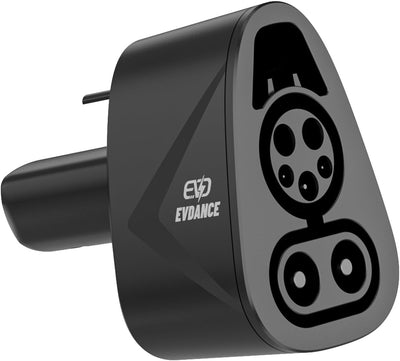
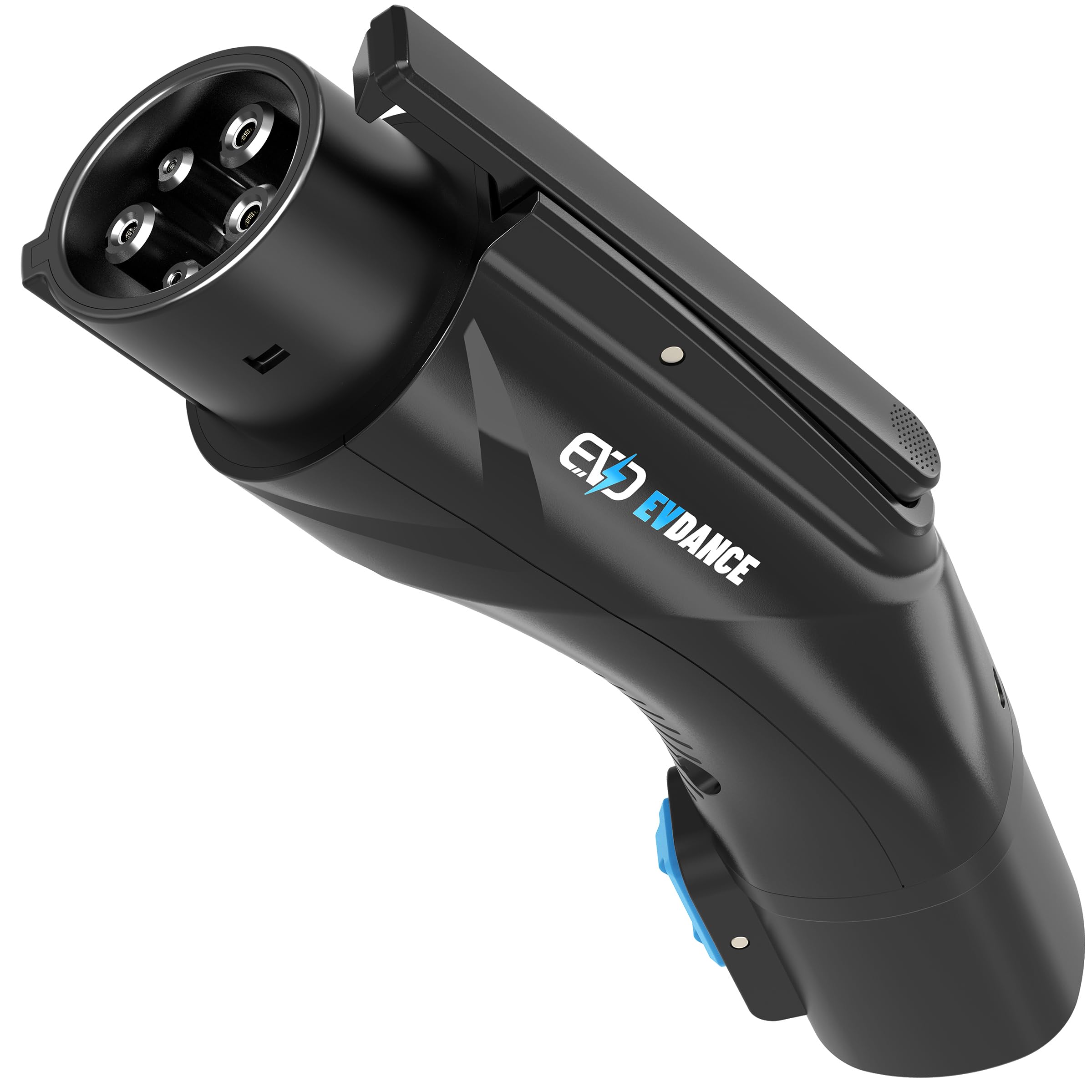
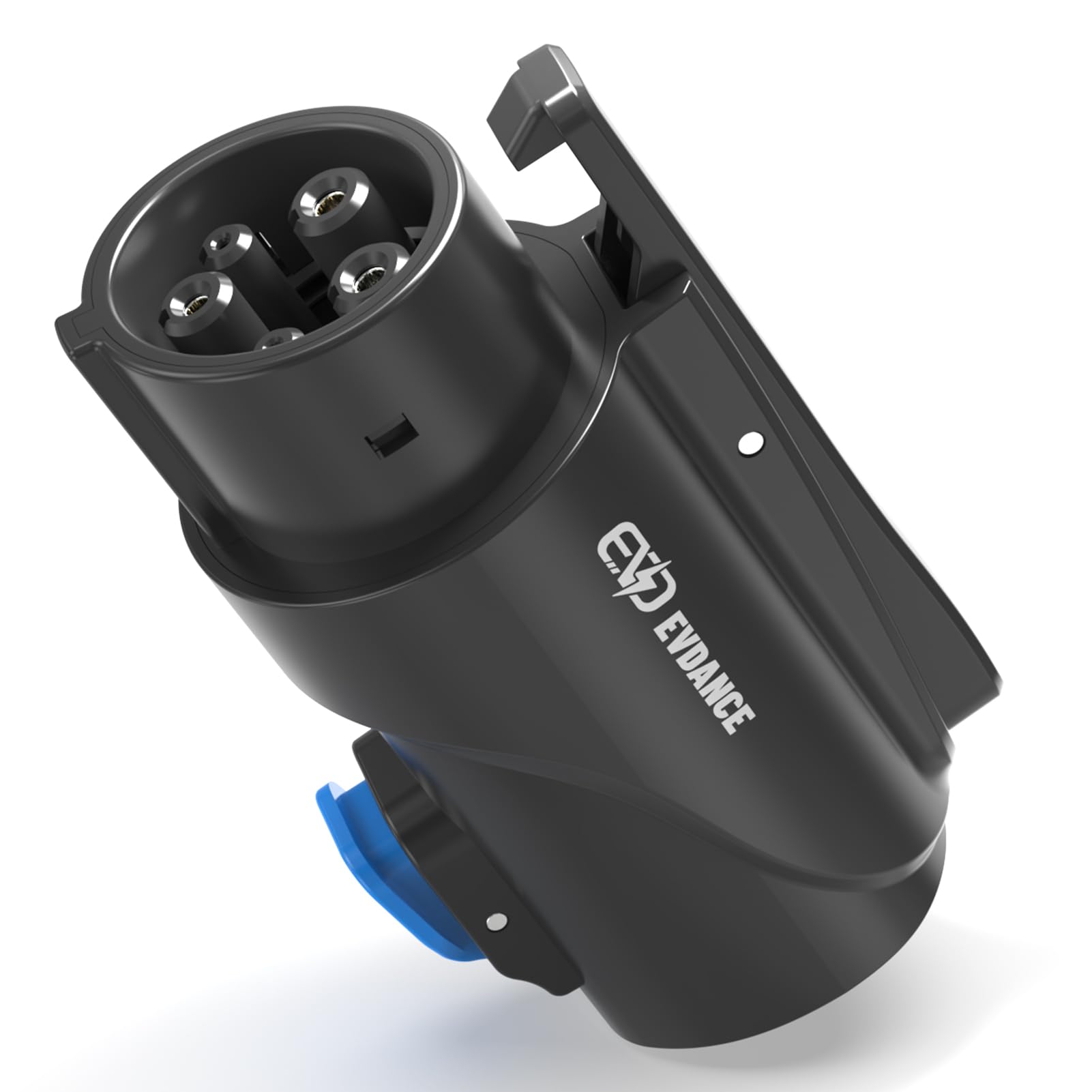

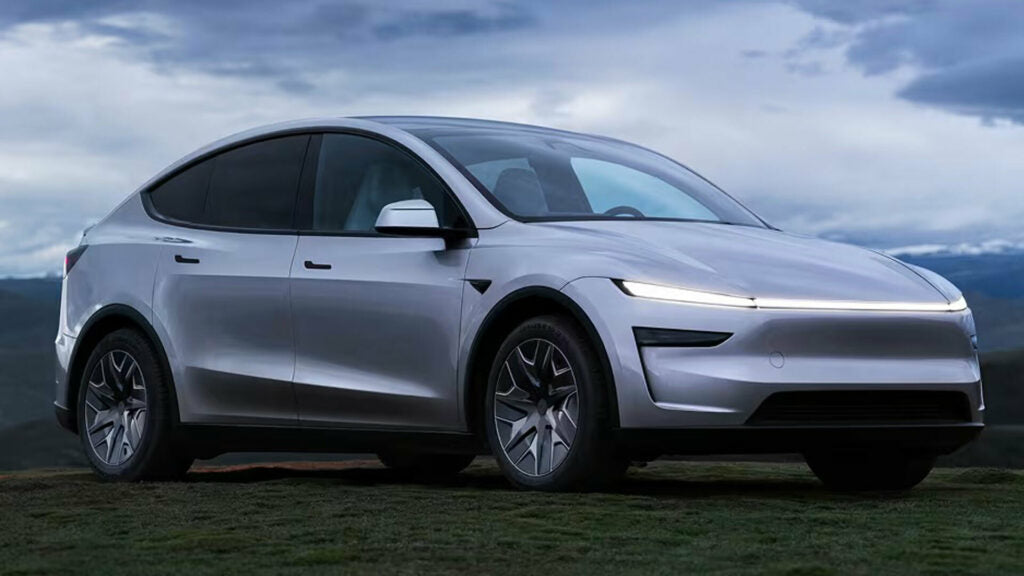
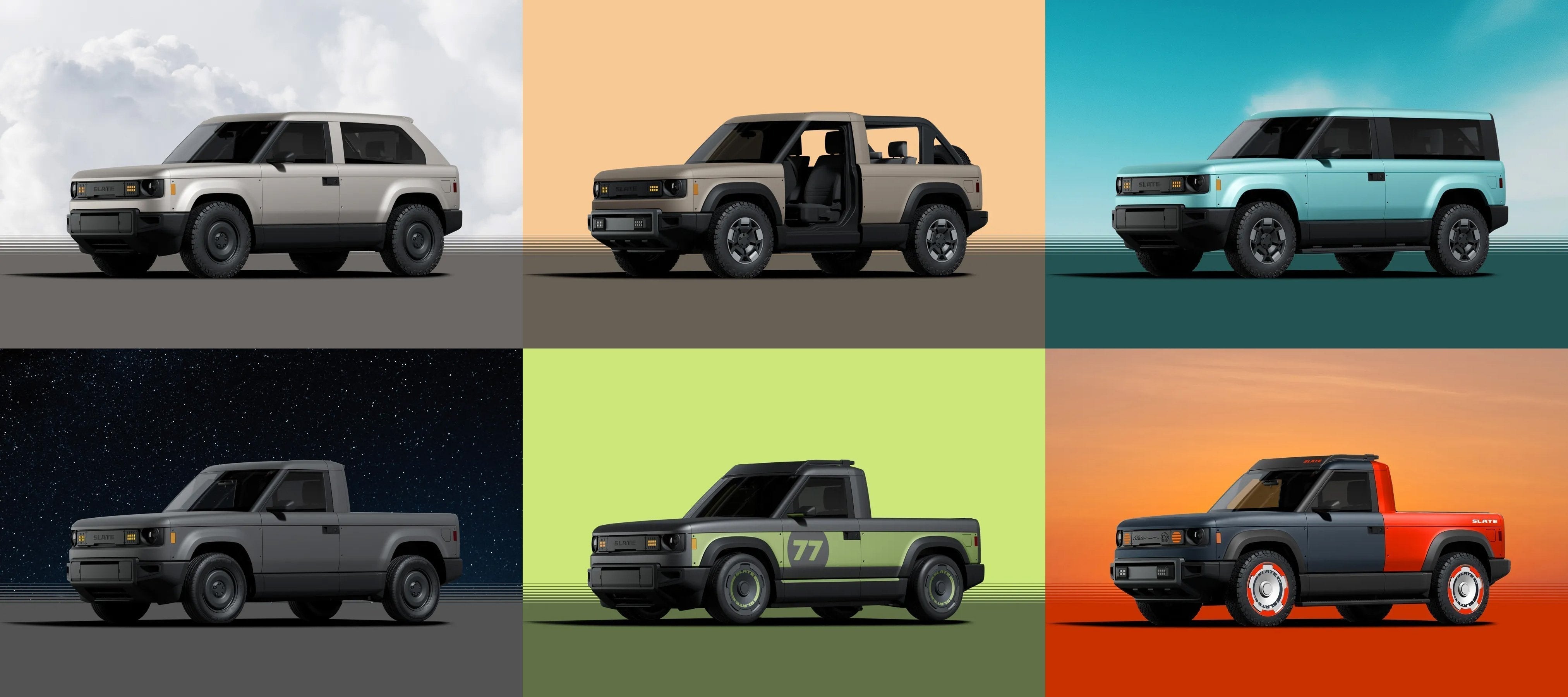
Share:
Top 10 Best Electric Cars in the USA in 2023
J1772 Adapter is required for all non-Tesla EVs